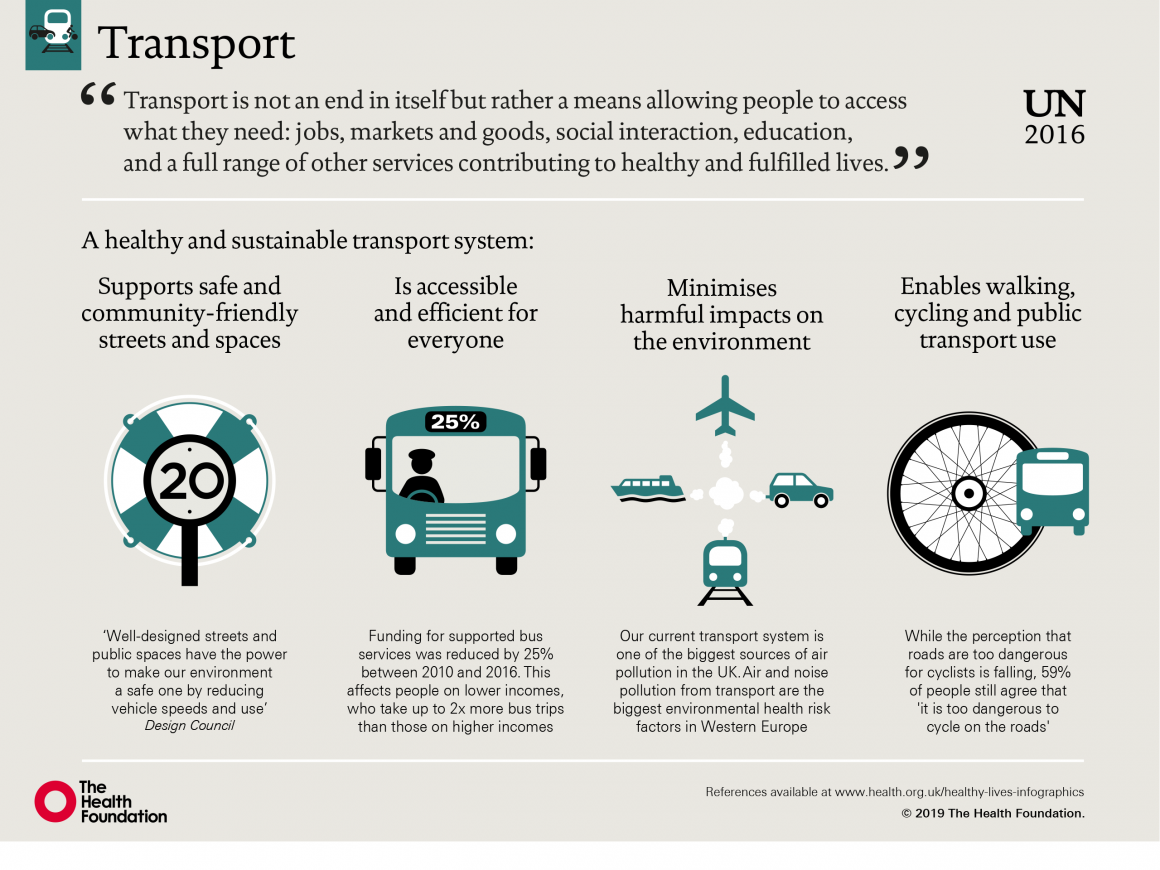Signs And Symptoms Of Abdominal Rupture Pain Following Dishes: Reasons And Administration Strategies

Authored By-Glerup Boyer
If you've experienced abdominal hernia pain after consuming, you're not alone. This discomfort typically emerges from the pressure on a weakened area of your abdominal wall throughout food digestion. You could notice sharp or aching pain, bloating, or even a visible lump. But what can you do to handle these signs? Recognizing the link in between hernias and post-meal pain is the initial step toward finding relief. Let's explore this even more.
Recognizing the Web Link Between Hernias and Post-Meal Pain
When you consume, your body goes through a complex process of food digestion that can in some cases activate discomfort if you have a hernia. This happens because a hernia occurs when a body organ or cells bulges via a weak spot in the abdominal wall surface.
As food steps via your digestion system, it might put pressure on this damaged location. You might feel discomfort or pain, specifically after taking in larger dishes or certain foods that create bloating.
Furthermore, the activity of your intestines throughout food digestion can intensify the hernia, bring about more intense feelings. Recognizing this connection is essential, as it helps you determine prospective triggers and make nutritional adjustments to handle pain effectively.
Tracking what https://www.telegraphindia.com/west-bengal/robotic-hernia-surgery-in-city/cid/1701259 consume can offer beneficial understandings.
Common Signs And Symptoms of hernia Discomfort After Consuming
If you have a hernia, you may discover certain symptoms after consuming that signal discomfort. Generally, you may experience sharp or aching pain in your abdomen, specifically around the hernia website. This discomfort can increase after dishes, especially if you have actually eaten a huge part or heavy foods.
Bloating and gas are also constant complaints, making you really feel annoyingly complete. You could even discover a visible lump in your abdominal areas that ends up being more noticable post-eating.
Queasiness and periodic vomiting can take place, specifically if the hernia is creating a clog. If you find yourself experiencing these signs consistently after dishes, it's critical to speak with a health care expert for appropriate analysis and guidance.
Methods for Managing hernia Pain After Meals
To handle hernia discomfort after dishes properly, consider making some nutritional and lifestyle adjustments.
Begin by eating smaller, a lot more regular meals rather than huge parts, which can decrease pressure on your abdomen. Focus on low-fat, high-fiber foods to relieve food digestion. Prevent spicy, acidic, or fried foods that might trigger pain.
In addition, preserve a healthy weight to minimize strain on your abdominal wall.
After eating, attempt to continue to be upright for a minimum of two hours to assist digestion; this can aid protect against discomfort. Mild tasks like strolling can likewise promote digestion, but stay clear of extreme workout quickly after meals.
Remaining moisturized is crucial-- drink a lot of water throughout the day to support digestion health and overall wellness.
Final thought
In conclusion, if you're experiencing stomach hernia discomfort after consuming, it's crucial to identify the link between your diet and your symptoms. By embracing smaller sized, extra regular dishes and avoiding trigger foods, you can significantly reduce pain. Staying upright and appealing in light task post-meal can additionally assist. Do not hesitate to consult https://mgyb.co/s/ipGQD if your symptoms continue. Taking these steps can boost your comfort and enhance your general wellness.

